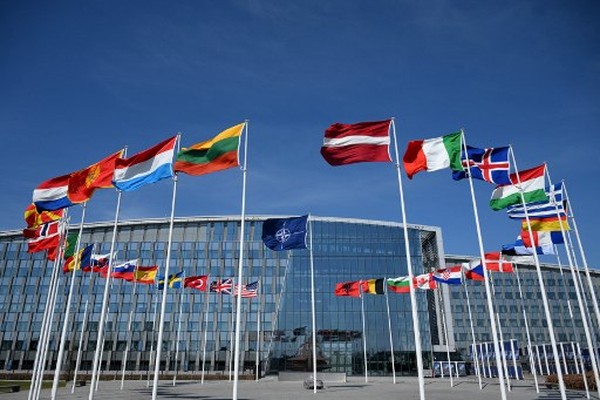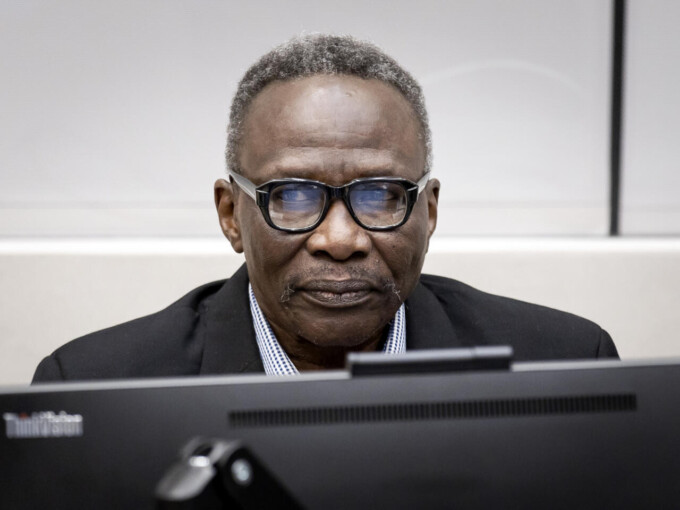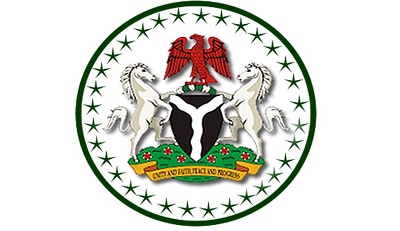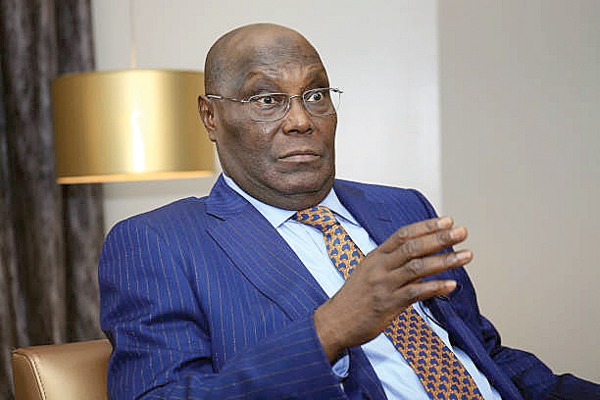In recent months, NATO has significantly intensified its military presence in Eastern Europe in response to escalating security concerns stemming from Russia’s actions in Ukraine and the broader region. This strategic shift underscores the alliance’s commitment to collective defense and regional stability.
At the 2023 Vilnius Summit, NATO leaders approved new regional defense plans aimed at countering primary threats, notably Russia and terrorism. A key component of these plans is the enhancement of the NATO Response Force (NRF), which has been expanded to include over 300,000 high-readiness troops. These forces are supported by pre-positioned equipment and supplies, ensuring rapid deployment capabilities.
To bolster its deterrence posture, NATO has increased the number of multinational battlegroups along its eastern flank. These battlegroups, led by various member nations, are stationed in Estonia, Latvia, Lithuania, Poland, Bulgaria, Hungary, Romania, and Slovakia. The deployment of these forces serves as a visible commitment to the defense of Eastern European allies and aims to deter potential aggression.
Germany has played a pivotal role in reinforcing NATO’s eastern defenses. In May 2025, Chancellor Friedrich Merz visited Vilnius, Lithuania, to reaffirm Germany’s dedication to defending all NATO territory. During this visit, Germany deployed a military brigade to Lithuania, enhancing the alliance’s presence on its eastern flank. Merz emphasized the necessity of strengthening European defense capabilities and expanding the defense industry to address emerging security challenges.
The United States has also been instrumental in NATO’s strategic adjustments. In May 2025, U.S. allies, particularly those on the frontline such as Estonia, Latvia, and Lithuania, have been ramping up defense efforts. These nations are focusing on modernizing their military capabilities, including the integration of drones, conscription, long-range missiles, and broad societal engagement in security. This modernization aligns with U.S. President Donald Trump’s push for NATO members to allocate at least 5% of their GDP to defense spending.
In response to these developments, NATO has been actively engaging in discussions to address the challenges posed by increased defense spending and the need for enhanced military capabilities. At a NATO foreign ministers meeting in Antalya, Turkey, the alliance deliberated on a U.S. proposal to boost defense spending to 5% of GDP by 2032. This proposal aims to ensure NATO’s preparedness for future challenges, particularly in light of the ongoing conflict in Ukraine and other regional security concerns.
These collective efforts by NATO members reflect a unified response to the evolving security landscape in Eastern Europe. By enhancing military presence, modernizing defense capabilities, and committing to increased defense spending, the alliance aims to deter aggression and ensure the security of its member states in the face of rising threats.












Leave a comment